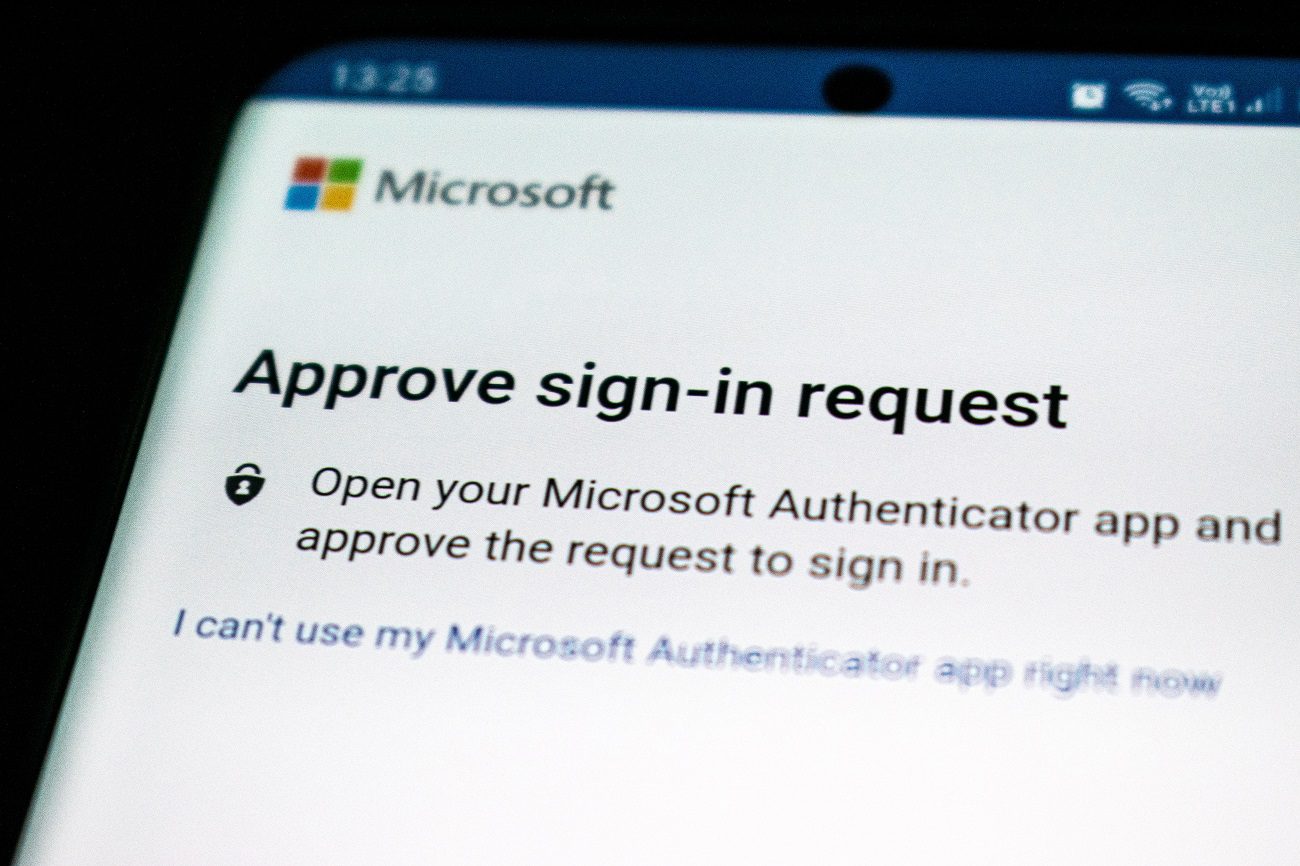As you probably know by now, two-factor authentication has been introduced to safeguard both the login information of users and the resources to which they have access. Two-factor authentication contributes to a higher level of security than single-factor authentication (SFA) procedures, in which the user gives only one factor — typically a password/ passcode.
And here’s the thing. What really makes the first factor in two-factor authentication interesting is that it uses a password and a security token or a biometric component, such as a fingerprint or a facial scan. Learn more below about two-factor authentication.
Why is two-factor authentication used, and what is it?
Two-factor authentication (2FA), aka two-step verification, is now a highly known form of safety in which individuals provide two distinct authentication factors in order to prove their identity.
Two-factor authentication provides further security to the authentication process by rendering it more difficult for intruders to obtain unauthorized access to a person’s devices or online accounts.
Have you set up two-factor authentication yet? If so, how was the process?
Implementing two-factor authentication varies based on the application or vendor. Nevertheless, two-factor authentication procedures entail the same basic multistep process:
- The application or website will prompt the user to register.
- The user inputs two things, which are typically their username and password. The server then discovers a match and identifies the user.
- When a password is not required, the web page provides a distinctive security key for the user. The server verifies the key after the authentication utility processes it.
- The website then instructs the user to complete the second phase of authentication. The user must demonstrate that they possess something that solely they would have, such as biometrics, an identification card, a security token, a smartphone, or other mobile device. This is the factor of inheritance or possession.
- The user may then be instructed to input a one-time code generated in step four.
- After supplying both factors, the user gets verified and permitted to access the application or website.
Products supporting two-factor authentication
Numerous devices and services for implementing two-factor authentication include tokens, smartphone applications, and radio frequency identification (RFID) cards.
Two-factor authentication products fall into two distinct categories:
- tokens that are delivered to users to employ when logging in;
- infrastructure/ software that identifies + authenticates credentials for users operating their tokens accurately.
How secure is two-factor authentication?
Two-factor authentication improves security, but 2FA methods are only as secure as their least secure factor. The account recovery procedure can also be used to circumvent two-factor authentication, as it frequently changes a user’s current password and emails an interim username and password to enable the user to log in again, bypassing 2FA. This is how the company’s Gmail accounts of Cloudflare’s CEO were compromised.
As a result, numerous organizations are adopting passwordless authentication. Using biometrics and secure protocols, users can securely authenticate themselves in the applications they use without entering passwords. This enables employees to utilize their work without entering passwords while maintaining complete control over every logon. As an alternative to conventional authentication methods, the use of blockchain, for instance, via autonomous identity or self-sovereign belonging, is acquiring popularity.












Leave a Reply